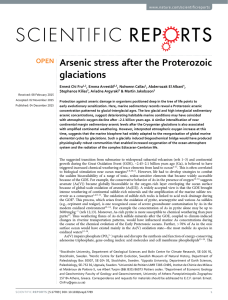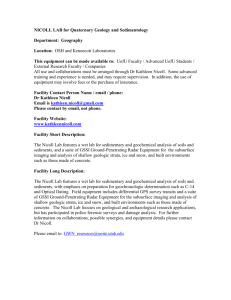presentation file
advertisement
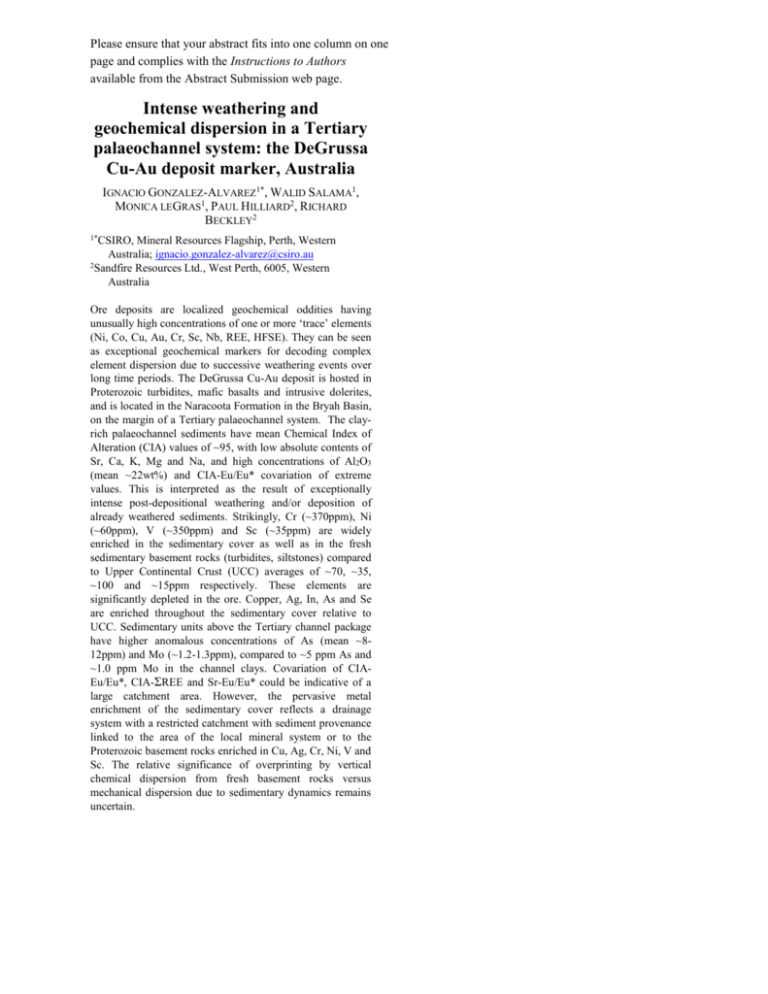
Please ensure that your abstract fits into one column on one page and complies with the Instructions to Authors available from the Abstract Submission web page. Intense weathering and geochemical dispersion in a Tertiary palaeochannel system: the DeGrussa Cu-Au deposit marker, Australia IGNACIO GONZALEZ-ALVAREZ1*, WALID SALAMA1, MONICA LEGRAS1, PAUL HILLIARD2, RICHARD BECKLEY2 1*CSIRO, Mineral Resources Flagship, Perth, Western Australia; ignacio.gonzalez-alvarez@csiro.au 2Sandfire Resources Ltd., West Perth, 6005, Western Australia Ore deposits are localized geochemical oddities having unusually high concentrations of one or more ‘trace’ elements (Ni, Co, Cu, Au, Cr, Sc, Nb, REE, HFSE). They can be seen as exceptional geochemical markers for decoding complex element dispersion due to successive weathering events over long time periods. The DeGrussa Cu-Au deposit is hosted in Proterozoic turbidites, mafic basalts and intrusive dolerites, and is located in the Naracoota Formation in the Bryah Basin, on the margin of a Tertiary palaeochannel system. The clayrich palaeochannel sediments have mean Chemical Index of Alteration (CIA) values of ~95, with low absolute contents of Sr, Ca, K, Mg and Na, and high concentrations of Al2O3 (mean ~22wt%) and CIA-Eu/Eu* covariation of extreme values. This is interpreted as the result of exceptionally intense post-depositional weathering and/or deposition of already weathered sediments. Strikingly, Cr (~370ppm), Ni (~60ppm), V (~350ppm) and Sc (~35ppm) are widely enriched in the sedimentary cover as well as in the fresh sedimentary basement rocks (turbidites, siltstones) compared to Upper Continental Crust (UCC) averages of ~70, ~35, ~100 and ~15ppm respectively. These elements are significantly depleted in the ore. Copper, Ag, In, As and Se are enriched throughout the sedimentary cover relative to UCC. Sedimentary units above the Tertiary channel package have higher anomalous concentrations of As (mean ~812ppm) and Mo (~1.2-1.3ppm), compared to ~5 ppm As and ~1.0 ppm Mo in the channel clays. Covariation of CIAEu/Eu*, CIA-ΣREE and Sr-Eu/Eu* could be indicative of a large catchment area. However, the pervasive metal enrichment of the sedimentary cover reflects a drainage system with a restricted catchment with sediment provenance linked to the area of the local mineral system or to the Proterozoic basement rocks enriched in Cu, Ag, Cr, Ni, V and Sc. The relative significance of overprinting by vertical chemical dispersion from fresh basement rocks versus mechanical dispersion due to sedimentary dynamics remains uncertain.






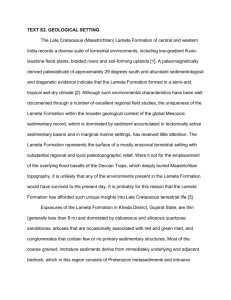
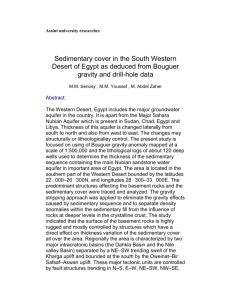
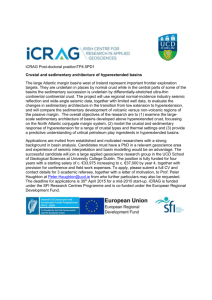
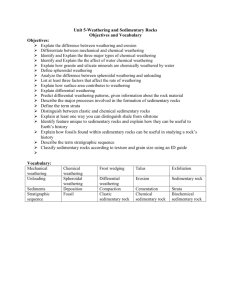
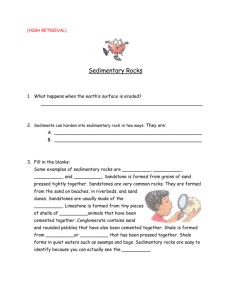
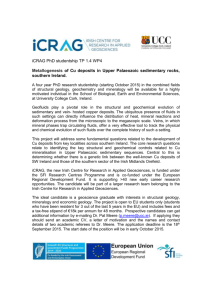
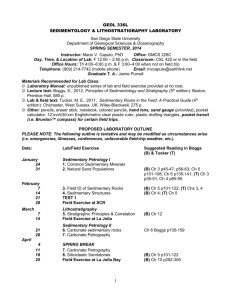
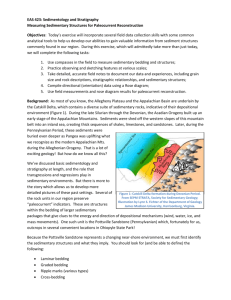
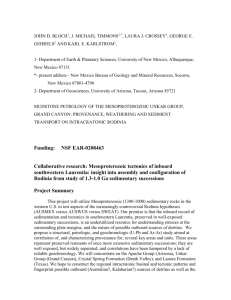
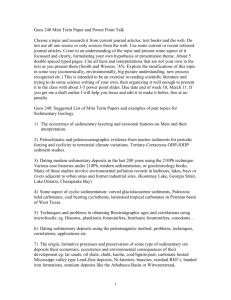
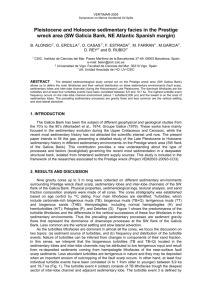
![Presentation 8[1] GOKUL](http://s2.studylib.net/store/data/026312196_1-1da13f1e91775f2c9cedd251bc97cb90-300x300.png)
